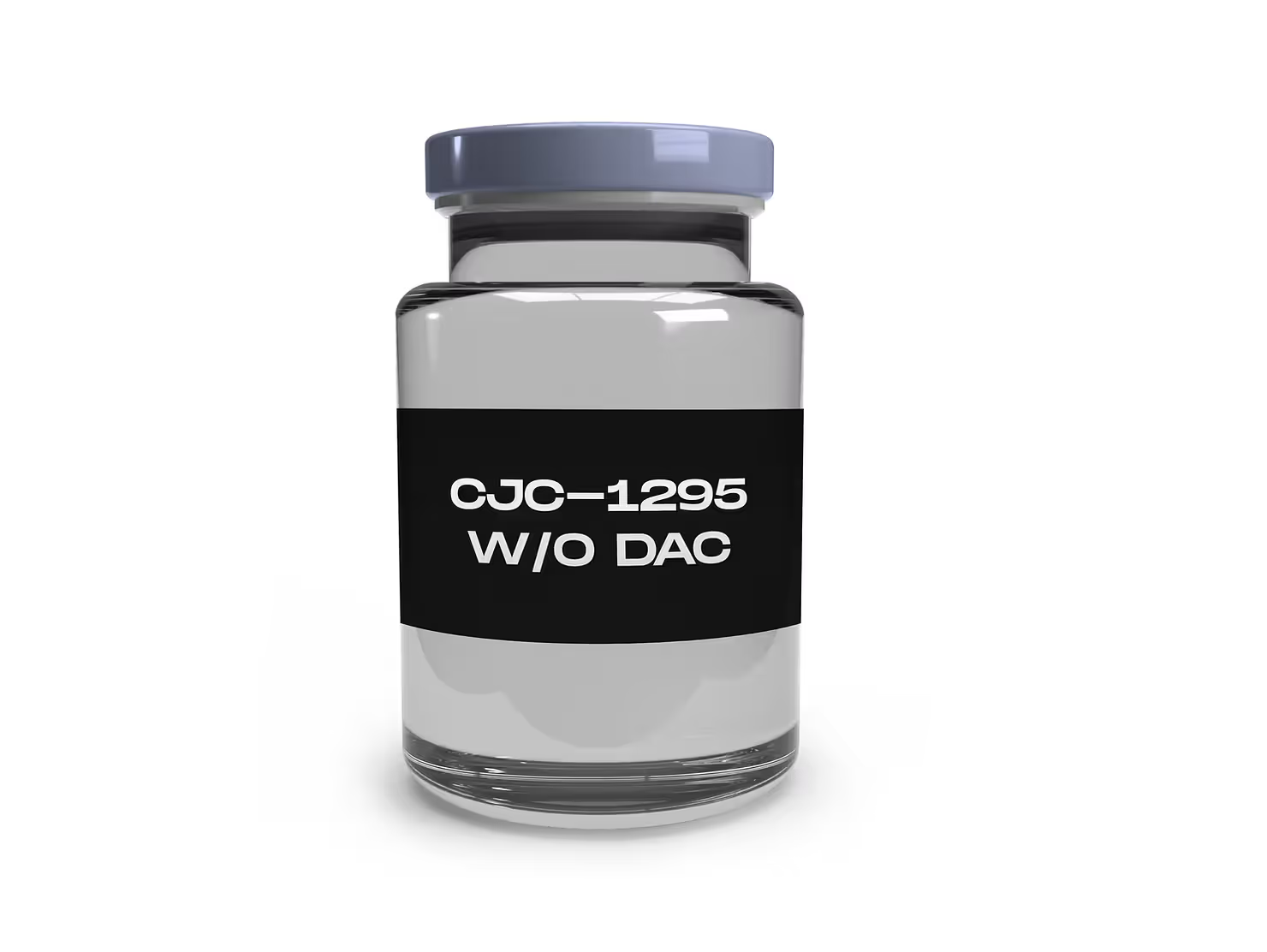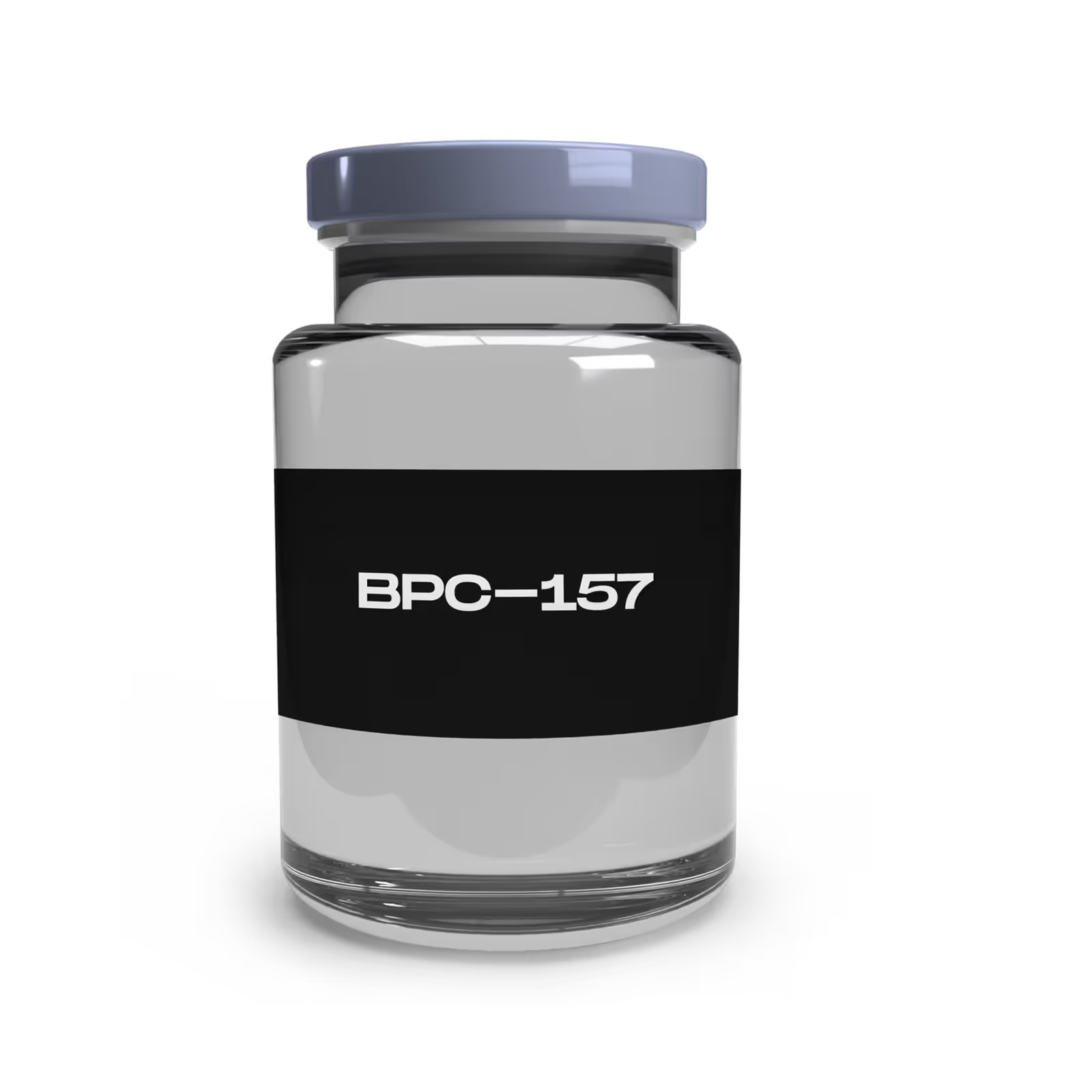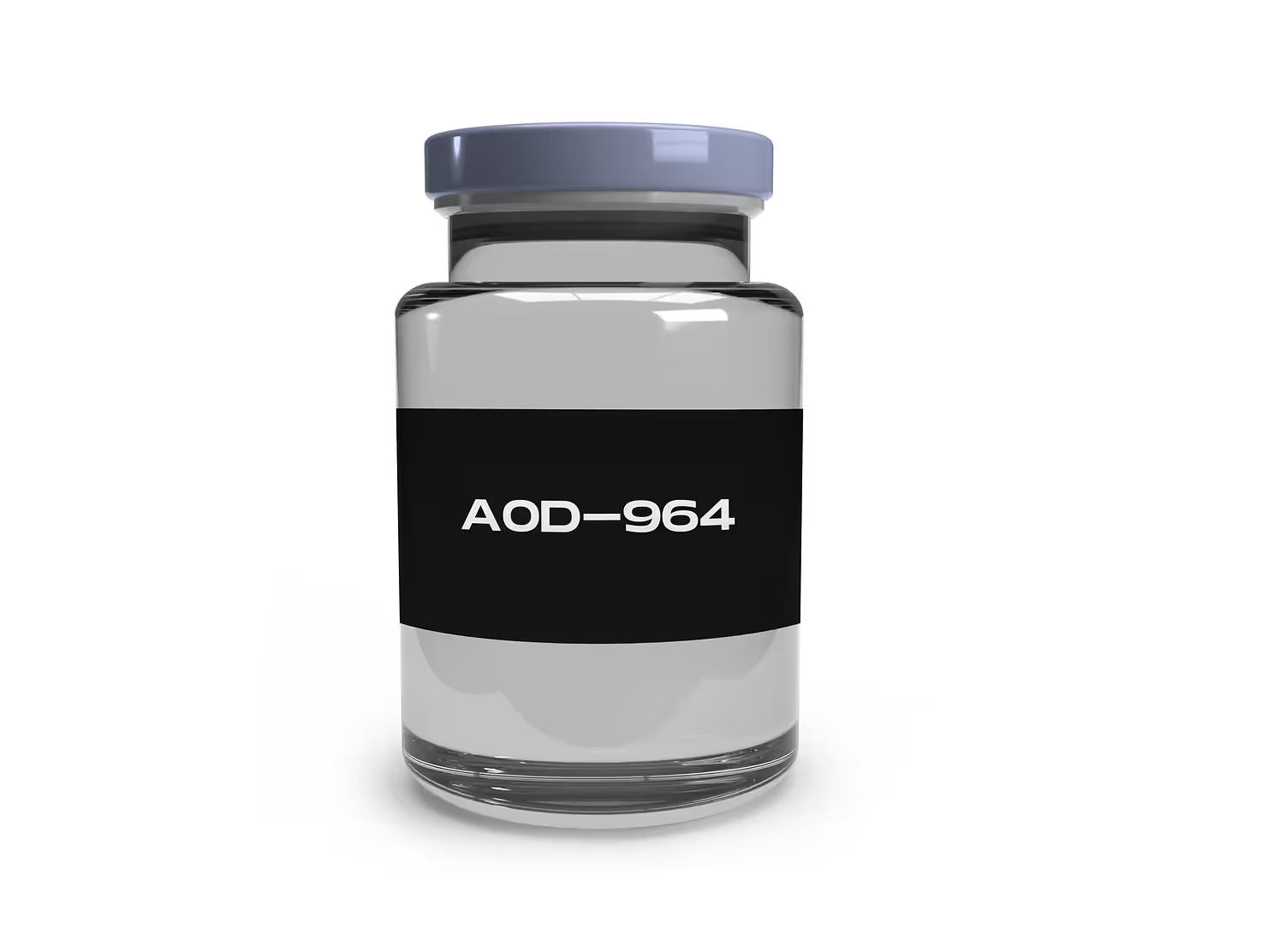- Michael Carroll - Jan 3
GHK-Cu Dosing Guidelines
Effective Date: January 2025
Important Notice: This guide is for informational purposes only. Always talk to your doctor before starting or changing any medication.
1. What is GHK-Cu?
GHK-Cu (glycyl-L-histidyl-L-lysine copper) is a naturally occurring copper peptide found in human plasma, saliva, and urine. It's a small tripeptide that binds with copper to support tissue repair, skin health, and anti-aging processes throughout the body.
2. When is GHK-Cu Used?
- Skin Health & Anti-Aging:
- Reduces wrinkles and fine lines.
- Improves skin elasticity and firmness.
- Enhances overall skin clarity and appearance.
- Wound Healing & Tissue Repair:
- Accelerates healing of cuts, wounds, and scars.
- Supports post-surgical recovery.
- Reduces inflammation in damaged tissues.
- Hair Growth:
- Stimulates hair follicle activity.
- Increases hair thickness and reduces hair loss.
- Improves scalp health and circulation.
3. How to Take GHK-Cu
A. For Injectable Administration
Starting Dose:
- 1 mg injected subcutaneously once daily.
- Note: This initial dose allows your body to adjust and assess tolerance.
Standard Dosing Protocol:
- 1-2 mg once daily via subcutaneous injection.
- Some protocols use up to 5 mg daily for specific therapeutic purposes.
- Can be split into two doses (morning and evening) if preferred.
Regular Dose:
- 1-2 mg daily for general anti-aging and tissue repair.
- 2-5 mg daily for enhanced wound healing or acute recovery needs.
- Maximum recommended dose is 5 mg daily.
How to Inject:
- Inject subcutaneously (under the skin) in fatty areas like the abdomen or thigh.
- Rotate injection sites daily to prevent irritation.
- Use the same time each day for consistency (morning or evening).
- Can be administered 3-5 times per week for maintenance protocols.
B. For Topical Application
Cream/Serum Formulation:
- Apply products containing 0.1-1.0% GHK-Cu concentration.
- Use once or twice daily on clean, dry skin.
- Apply to face, neck, or specific treatment areas.
Scalp Application for Hair:
- Apply 2-3 pumps of GHK-Cu foam or solution to scalp nightly.
- Massage gently to improve absorption and circulation.
- Concentration typically ranges from 0.05-0.5%.
4. Special Considerations
- Age-Related Decline:
- Natural GHK levels decline from ~200 ng/mL at age 20 to ~80 ng/mL by age 60.
- Supplementation may be more beneficial for older adults.
- Copper Sensitivity:
- Use cautiously if you have copper metabolism disorders.
- Not recommended for those with Wilson's disease.
- Combination Protocols:
- Often combined with other peptides like BPC-157 or TB-500.
- Can be used alongside microneedling or PRP treatments.
- Storage Requirements:
- Store reconstituted vials in the refrigerator.
- Use within 30 days of reconstitution.
- Keep unreconstituted vials in a cool, dry place.
5. Who Should Not Take GHK-Cu & Safety Tips
- Do Not Use If:
- You have Wilson's disease or copper metabolism disorders.
- You're allergic to any components of the formulation.
- You have active skin infections at injection sites.
- Use Carefully If:
- You're pregnant or breastfeeding (consult your doctor).
- You have sensitive skin or conditions like rosacea or eczema.
- You're taking high-dose vitamin C supplements (may interfere with copper binding).
6. Possible Side Effects
Common Side Effects:
- Mild redness or irritation at injection site
- Temporary itching (topical application)
- Minor bruising at injection sites
- Slight skin sensitivity
Rare Side Effects:
- Mild headache
- Temporary nausea
- Allergic reactions (very rare)
- Skin dermatitis (with topical use)
7. What to Monitor
- For Skin Applications:
- Take before/after photos to track improvements.
- Monitor for skin irritation or sensitivity.
- Note changes in wrinkle depth and skin texture.
- For Hair Growth:
- Document hair density and thickness changes.
- Track new hair growth patterns.
- Monitor scalp health and any irritation.
- For Wound Healing:
- Photograph healing progress regularly.
- Watch for signs of infection.
- Note healing speed compared to baseline.
8. Storing GHK-Cu
- Keep unreconstituted powder at room temperature away from light.
- Once reconstituted with bacteriostatic water, store in refrigerator.
- Use reconstituted solution within 30 days.
- Protect from direct sunlight and heat.
- Do not freeze the solution.
9. Patient Education
Helping you understand how to use GHK-Cu properly is key to your success. Here's what you need to know:
A. How to Reconstitute and Inject GHK-Cu Correctly
- Before You Start:
- Check the vial for any damage or discoloration.
- Ensure you have bacteriostatic water for reconstitution.
- Have alcohol wipes and insulin syringes ready.
- Steps to Reconstitute:
- Clean the vial top with an alcohol wipe.
- Add 1-2 mL of bacteriostatic water to a 50 mg vial (creates 25-50 mg/mL concentration).
- Gently swirl the vial - don't shake vigorously.
- Let the solution sit for a few minutes to fully dissolve.
- Steps to Inject:
- Wash your hands thoroughly with soap and water.
- Draw the appropriate dose into an insulin syringe.
- Clean the injection site with an alcohol wipe and let it dry.
- Pinch a fold of skin and insert the needle at a 45-90 degree angle.
- Inject slowly and steadily.
- Remove the needle and apply gentle pressure if needed.
- Injection Site Rotation:
- Alternate between different areas of the abdomen and thighs.
- Keep a log of injection sites to ensure proper rotation.
- Avoid areas with scars, bruises, or skin irritation.
B. Why It's Important to Stick to Your Schedule
- Be Consistent:
- Use GHK-Cu at the same time each day for optimal results.
- Consistency helps maintain stable peptide levels.
- Cycle Duration:
- Typical cycles run 4-6 weeks.
- Take a 2-4 week break between cycles if using continuously.
- Some use it as needed for specific healing purposes.
- Set Reminders:
- Use phone alarms or calendar reminders.
- Keep a treatment log to track doses and progress.
C. Understanding Side Effects and When to Get Help
- Common Reactions:
- Mild redness at injection sites usually resolves within hours.
- Initial skin sensitivity with topical use often improves with continued use.
- Managing Side Effects:
- Apply ice to injection sites if irritated.
- Reduce dose if experiencing persistent side effects.
- Switch to every-other-day dosing if needed.
- When to Seek Help:
- Severe allergic reactions (rare but serious).
- Persistent nausea or headaches.
- Signs of infection at injection sites.
- Unusual skin reactions that worsen over time.
D. Making Lifestyle Changes to Boost Results
- Skin Health Support:
- Use quality moisturizers and sunscreen daily.
- Stay hydrated - aim for 8 glasses of water daily.
- Include foods rich in vitamin C and zinc.
- Hair Growth Enhancement:
- Gentle scalp massage improves circulation.
- Use sulfate-free shampoos.
- Consider biotin and collagen supplements.
- General Health:
- Get 7-9 hours of quality sleep.
- Manage stress through meditation or exercise.
- Eat a diet rich in antioxidants and protein.
- Complementary Treatments:
- Consider combining with microneedling for enhanced skin results.
- PRP treatments can work synergistically with GHK-Cu.
- Red light therapy may enhance benefits.
E. Keep Up with Progress Tracking
- Documentation:
- Take weekly photos in consistent lighting.
- Keep a journal of improvements and any side effects.
- Note changes in energy levels and overall wellbeing.
- Regular Assessments:
- Evaluate progress every 2 weeks.
- Adjust dosing based on results and tolerance.
- Consider blood work if using long-term.
- Communication:
- Share progress with your healthcare provider.
- Report any concerns promptly.
- Discuss optimal cycle length for your goals.
Disclaimer: Always talk to your healthcare provider for advice tailored to your situation.




